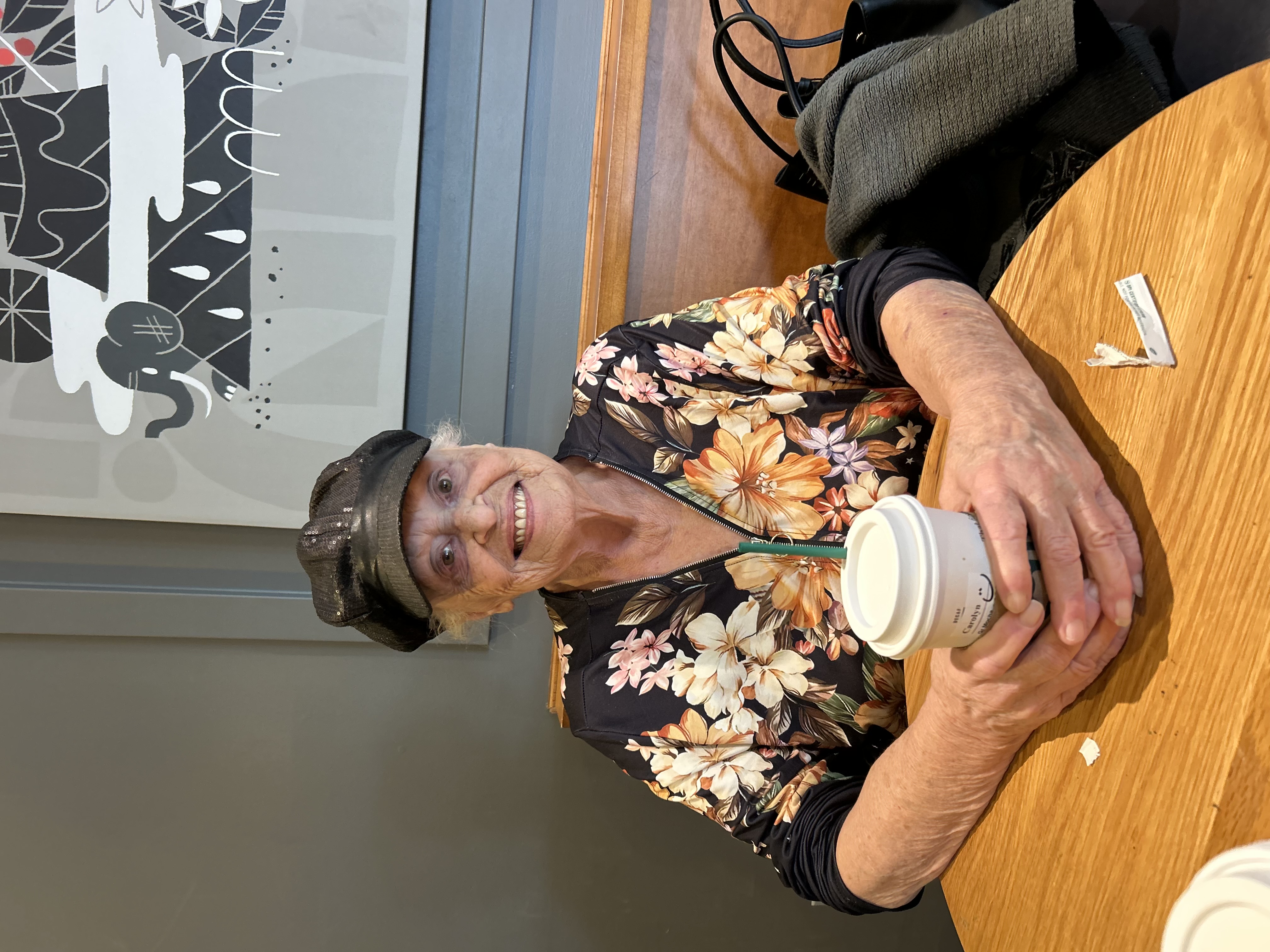When the Caregiving Falls to You
A Personal Journey of Moving Mom into a Care Facility | By Caprice Torrisi
When my mom’s longtime roommate passed away from cancer, everything changed.
Suddenly, Mom was alone. Without someone nearby to fill in the gaps or cover for her memory lapses, the truth became undeniable she couldn't safely live on her own. Her behaviors were erratic, her routines crumbling, and her ability to manage daily tasks had slipped further than we realized. It was the beginning of a journey my sister and I were wholly unprepared for: moving our mother into a care facility.
The Diagnosis: Vascular Dementia
Not long after her roommate’s death, my mom was diagnosed with vascular dementia. Unlike Alzheimer’s, this form of dementia stems from reduced blood flow to the brain often due to strokes or chronic conditions like high blood pressure. The symptoms vary and can come on suddenly: memory lapses, poor coordination, mood swings, and impaired judgment.
It was painful to hear, but also oddly clarifying. Her confused thinking, multiple grocery trips, and growing isolation suddenly made sense.
No Plan, No Savings, Only Us
Like many families, we found ourselves navigating a crisis without a map. Mom had no long-term care insurance, no savings, and her only income was Social Security. There was no plan, just my sister and me, doing our best to figure it out in real time.
She had never given much thought to long-term care planning. Like many people, she assumed it was something she'd never need. But when that turned out not to be the case, the burden fell to us, her daughters. Each month, my sister and I now write personal checks to help cover her assisted living expenses. It’s a financial commitment we hadn't anticipated, layered on top of the emotional responsibility of watching our moms’ needs grow.
We needed to find a facility that:
- Was close to at least one of us
- Offered memory support and compassionate care
- Felt safe, clean, and personal, not clinical
- Could fit within our budget
The Search: Calls, Tours, and Tough Trade-offs
We spent weeks researching options, making phone calls, attending virtual tours, and reading between the lines. We quickly learned to ask about level-of-care fees, staff ratios, and what kind of activities helped residents stay engaged.
One of the biggest challenges? Availability. While Medicaid can eventually help with costs, finding a bed in a facility that accepts it and is near your loved ones is incredibly difficult. They're few and far between. For many families, proximity becomes the first compromise.
Eventually, we found a modest but welcoming community near my sister. It had a secure memory-care wing, a kind staff, and importantly a spot available. It wasn't fancy, but it felt right. It felt human.
The Move: Physical and Emotional Labor
Clearing out Mom’s apartment was a mountain of work. We sorted through years of belongings, tossed expired food, and uncovered piles of duplicated items ketchup bottles, powdered creamer, and canned soup.
She'd buy things again and again, forgetting she already had them.
We dealt with her car, now dented and worn. It was clear she hadn't been safe behind the wheel for some time. Letting go of the car was emotional, but necessary. Selling it helped us cover her first month of care.
And the cleaning... Years of grime, pet fur, and signs of hoarding. It wasn't just physical labor it was an emotional excavation. Each drawer held remnants of a woman who was slowly slipping away.
Starting Over in a New State
Because we moved her across state lines, the to-do list got longer: new ID, new doctor, new bank account, new care team. None of it was difficult on paper but every task took time, energy, and patience.
For my mom, each disruption was confusing and disorienting. For us, it was a daily reminder that we were now her advocates, caregivers, and decision-makers.
A New Life and a Fuller One
Today, Mom has found her rhythm again. She knows the names of the aides who help her, sits at her favorite table in the dining room, and looks forward to group activities. She's made a close friend down the hall.
Her condition hasn't reversed, but with good nutrition, a structured environment, and consistent interaction, she's more herself than she’s been in years. She smiles. She laughs. And best of all, my sister and I get to be daughters again not just fixers.
Lessons Learned
This experience has taught us more than we ever imagined about caregiving, resilience, and what love really looks like when things get hard. Here are a few lessons I hope others might find helpful:
- Start the conversation early. Planning ahead is so much easier than navigating a crisis.
- Location matters. A facility near family can make all the difference emotionally and logistically.
- Support is out there. Social workers, elder care advocates, and online forums are invaluable.
- Celebrate the small wins. A smile over lunch or a story at bingo can feel like gold.
- Let go of guilt. This is hard, and you're doing your best. Your love shows in every decision.
Moving my mom into a care facility was one of the hardest and ultimately, most loving decisions we've ever made. It came from necessity but ended in dignity, safety, and peace.
If you're facing something similar, know this: it’s okay to feel overwhelmed. It’s okay to cry. But you're not alone. There is a way forward and it might just bring more connection than you ever expected.
Why This Work Matters to Me
Long-term care isn't just something I talk about professionally it’s something I've lived. As a daughter and a sister, I've felt the emotional weight, the hard decisions, and the overwhelming responsibility that comes when someone you love suddenly needs more care than you can provide. That experience changed how I view long-term care planning. To me, it’s not just about finances, it’s about protecting relationships, restoring dignity, and giving families the space to love, not just manage.
Join Us in the Fight Against Alzheimer's
Your support can make a world of difference. Volunteer with us, share Caprice's story, or donate to organizations advancing dementia research and care.


